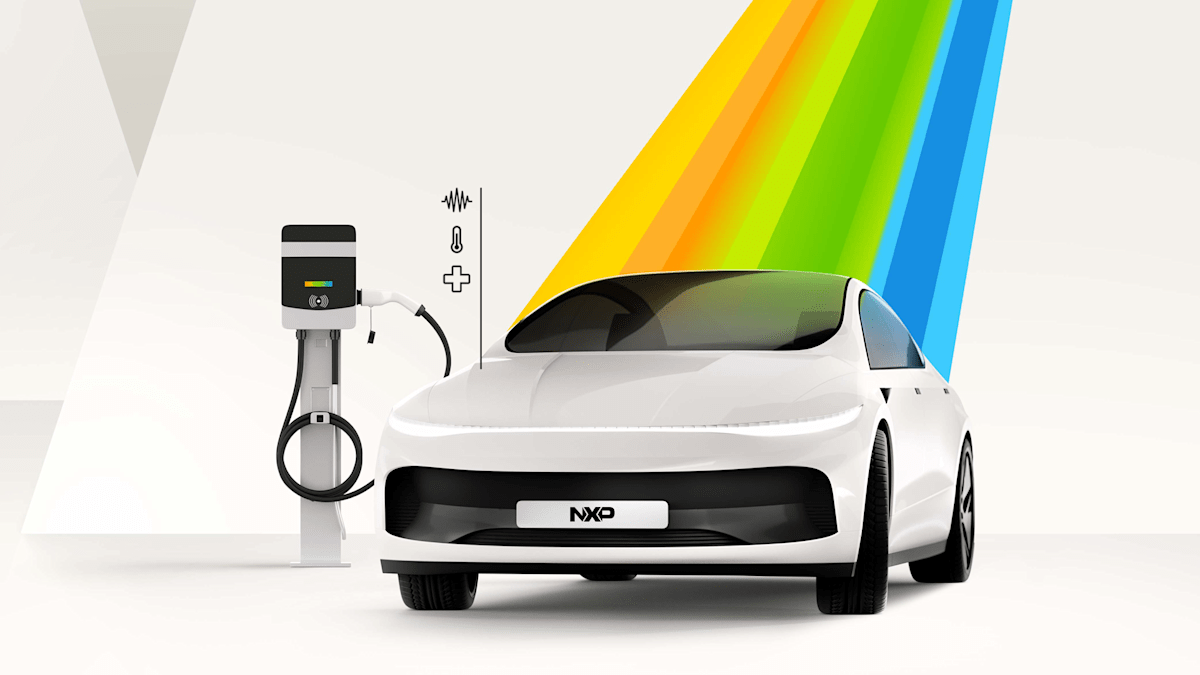NXP Semiconductors has recently made headlines with the introduction of its ground-breaking battery management system (BMS) chipset, integrating Electrochemical Impedance Spectroscopy (EIS) into automotive applications. This innovation promises to reshape how electric vehicle (EV) manufacturers monitor battery health, enhance safety, and improve overall vehicle performance.
The Need for Advanced Battery Health Monitoring
The rapid proliferation of electric vehicles brings with it the pressing need for sophisticated battery management systems that can monitor health and performance in real time. Traditional monitoring methods rely heavily on software solutions that fail to capture critical, dynamic conditions within batteries effectively. These limitations often require additional sensors and complicate the overall design. OEMs face heightened demands for faster charging, extended battery life, and complete safety compliance, all whilst attempting to keep costs manageable and design complexities low.
NXP’s Innovative Solution: EIS-Enabled Chipset
NXP’s new chipset is a game-changer in battery diagnostics. By implementing EIS directly into the hardware, the chipset allows unprecedented insights into battery cells’ health. Consisting of three specialized units—the BMA7418 cell sensing device, BMA6402 gateway, and BMA8420 battery junction box controller—the chipset synchronizes device measurements at nanosecond levels to deliver real-time, high-frequency monitoring.
With EIS, the chipset evaluates how battery cells respond to controlled excitation signals, revealing changes in conditions such as temperature fluctuations and aging effects within the cell structure. Importantly, this method stands in stark contrast to older approaches by providing immediate assessments even during dynamic operational states, such as charging or load shifts.
Benefits of the EIS-Enables Chipset
Enhanced Safety: By continuously monitoring battery health, the chipset can identify early warning signs of failures. This capability is crucial in ensuring the safety of vehicles, particularly as charging speeds increase.
Cost-Effectiveness: NXP’s chipset reduces the need for extra sensors and supports rapid charging without deteriorating battery health. This streamlining translates to lower costs for OEMs.
Improved Longevity and Performance: Accurate impedance measurements enable better management of battery parameters, enhancing the longevity and performance of battery systems.
- Simplified System Design: The design of the MBS solutions is simplified, reducing component count and making integration into existing vehicle architectures more seamless. The chipset also offers a low-barrier upgrade path, allowing for straightforward application in existing designs.
Future Prospects: NXP’s Electrification Solutions
NXP’s commitment to its electrification portfolio signals an ambitious push into the growing EV market. With large-scale integration across various sectors—including smart grids, homes, and buildings—the company positions itself as a leader in managing energy flow.
The complete EIS-enabled BMS solution is expected to launch by early 2026, with supporting software available on NXP’s S32K358 microcontroller, paving the way for widespread adoption across the automotive industry.
Conclusion
The introduction of NXP’s EIS-capable battery management chipset represents a significant technological milestone in the automotive sector. By embedding advanced monitoring technologies directly into a comprehensive hardware solution, NXP alleviates the need for supplementary sensors while boosting the accuracy and efficiency of battery health assessments.
As the demand for electric vehicles continues to surge, innovations like these not only enhance battery safety and longevity but also empower manufacturers to deliver more efficient, reliable, and cost-effective solutions to the marketplace. NXP Semiconductors is undoubtedly poised to lead the charge in electric vehicle electrification, paving the way for safer, smarter mobility solutions in the not-so-distant future.
This article serves readers interested in the intersection of energy management technology and automotive engineering, particularly in the context of electric vehicles. For those keen to delve deeper into the applications and implications of this chipset, visit NXP’s electrification solutions website for comprehensive insights.









